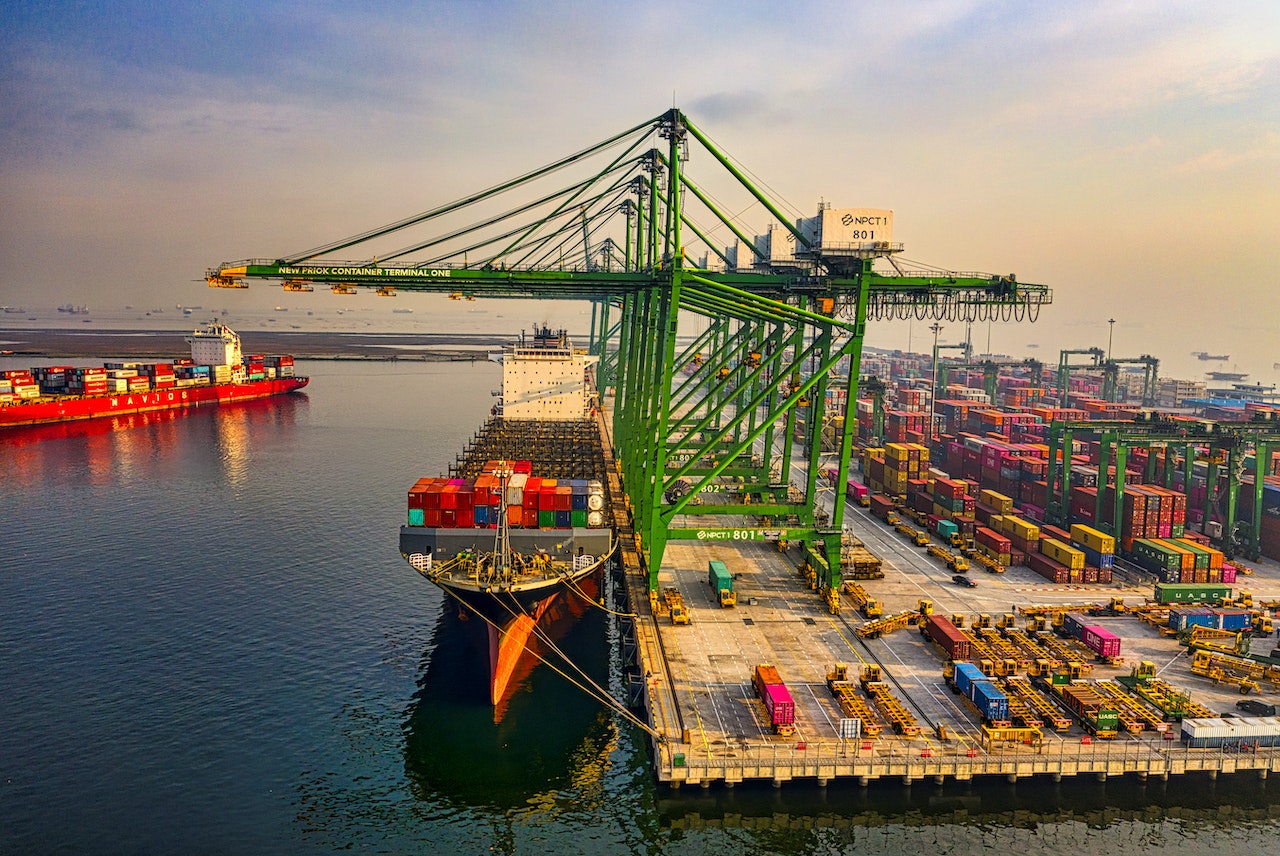Russia’s decision to ban the export of diesel and gasoline has sent shockwaves through the global fuel market, raising concerns about potential disruptions to supplies as the world heads into the winter season. While the extent of the impact remains uncertain, experts warn that the duration of the ban will be a key factor in determining its consequences.
According to data from Vortexa, Russia has been the world’s largest seaborne exporter of diesel-type fuel, shipping more than one million barrels a day so far this year. This represents a substantial portion of the global supply and is roughly equivalent to the entire demand of Germany. The sudden loss of this supply has far-reaching implications, affecting not only oil traders and truck drivers but also industries such as shipping, agriculture, manufacturing, and construction, all of which rely on diesel-type fuel to power their operations.
Eugene Lindell, the head of refined products at consultancy FGE, emphasized that the duration of the ban is crucial. He stated, “Russia’s refineries could probably go a month before they’d have to shut down again due to storage capacity constraints.” Russia has implemented the ban as a temporary measure to mitigate rising fuel prices domestically, but the challenge of absorbing all these barrels domestically looms large. Some can be placed in storage, and ongoing maintenance work at many refineries may provide some relief. However, the country will eventually need to resume exports or reduce refinery output, potentially leading to a shortage of gasoline domestically.
Koen Wessels, an oil products analyst with consultancy Energy Aspects, expressed doubts about the ban’s longevity, saying, “Even though the ban is indefinite, we don’t expect it to last long.”
While the unexpected supply loss initially caused key diesel market metrics to surge, the reaction has been relatively muted for such a significant event. This suggests that diesel traders are cautious about the real-world impact of the ban.
In northwest Europe, the premium of benchmark diesel futures to crude oil, known as the ICE Gasoil crack, briefly exceeded $37 a barrel, reaching a five-day high. Futures for October delivery also gained relative to fuel for the following month, with the bullish structure, known as backwardation, nearing $36 per ton, a three-day high.
The global diesel market was already under pressure before Russia’s export ban announcement due to factors such as OPEC+ crude oil cutbacks and increased demand for other refined petroleum products. Plant outages further compounded the challenges.
Prior to the ban, Russia primarily exported its seaborne diesel to European nations. However, the imposition of sanctions disrupted global trade flows, leading to increased shipments to Turkey, Brazil, Saudi Arabia, and Tunisia. It is important to note that these countries may not bear the full brunt of the supply cut, as the diesel market is interconnected, and cargoes from non-Russian suppliers may redirect to fill the gaps.
The export ban came into force on September 21 but is not an immediate, hard cut-off. Under the decree, fuel cargoes already accepted for shipment by Russian Railways or those with loading papers for seaborne transportation can still be exported. This gradual decline in diesel flows will continue as these cargoes are shipped.
The decree also includes exemptions for minor supplies, including deliveries to trade alliance partners from former Soviet republics, as well as intergovernmental agreements, humanitarian aid, and transit.
When the ban is eventually lifted, there is a risk that Russian supply could flood the market at a rapid pace as exporters seek to offload the accumulated product from storage. The timing and magnitude of this rebound will be closely watched by global energy markets.
Source: Bloomberg



